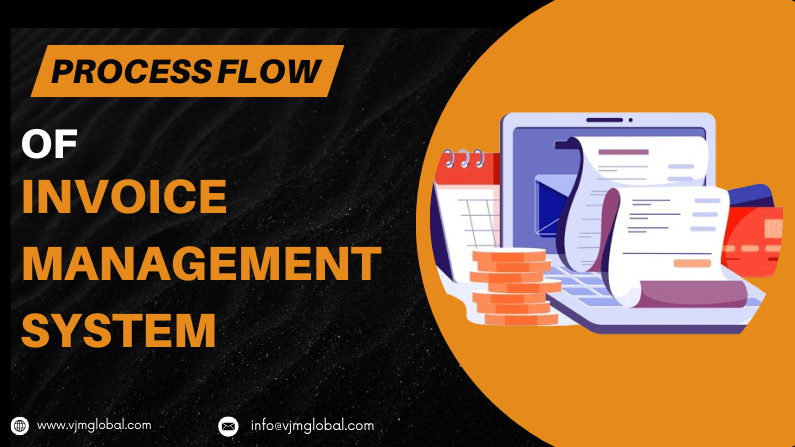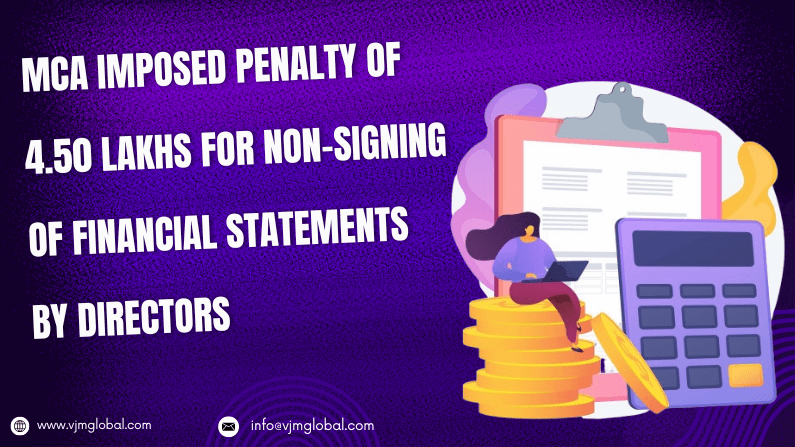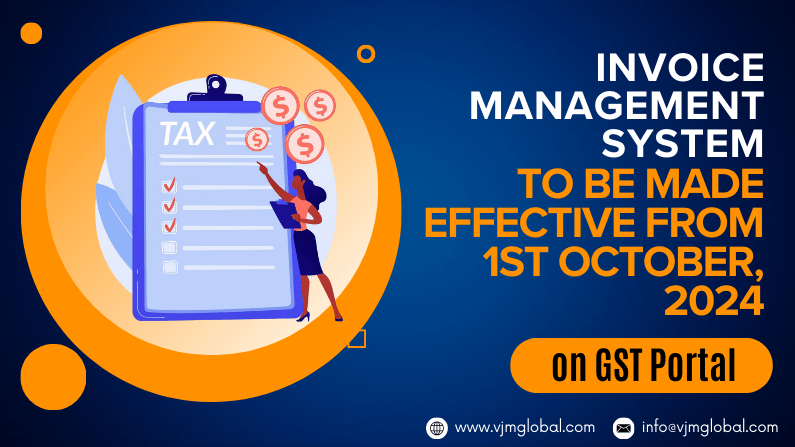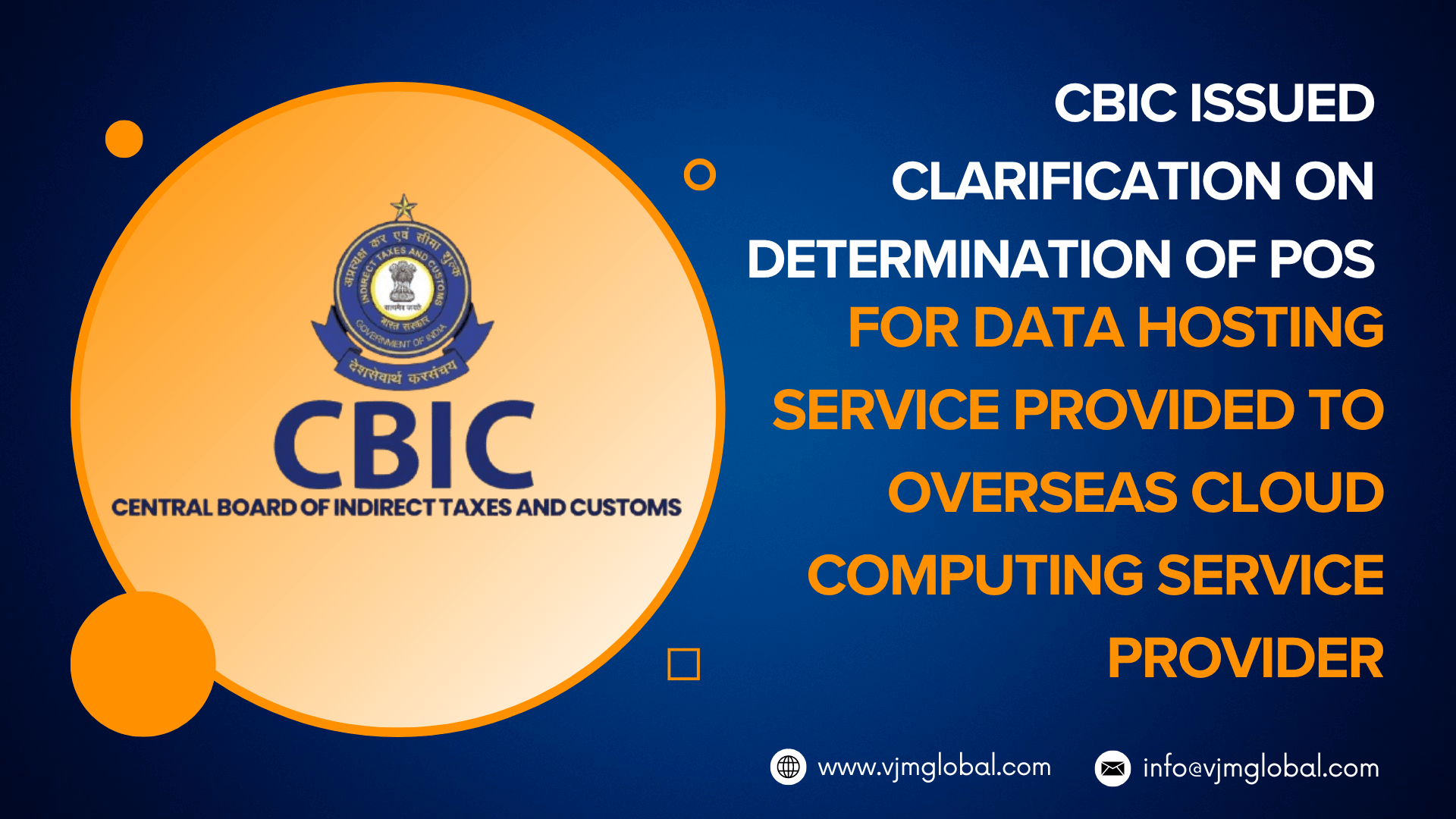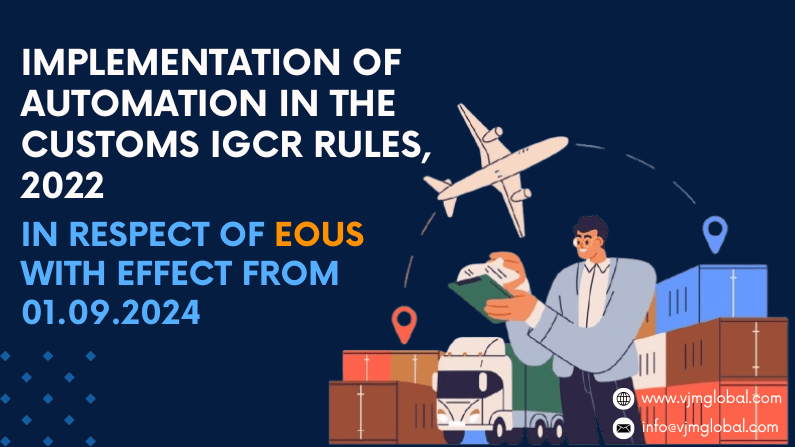Cases of creation of dummy companies have been quite common to carry out illegitimate transactions or in many cases, companies are created but such companies never come into operation and just remain in records of RoC. Also, in many cases, Companies are created at addresses that never actually exist. To avoid such cases of incorrect addresses many departments have mandated physical verification before granting new registration. Similar steps have been taken for Company registration as well.
New provisions are provided for physical verification of registered office of companies vide The Companies (Incorporation) Third Amendment Rules, 2022. For this purpose, a new Rule 25B has been inserted into Companies (Incorporation) Rules, 2014.
Synopsis of provisions of The Companies (Incorporation) Third Amendment Rules, 2022 are as follows:
1. Procedure of Physical Verification
- As per Section 12(9) of the Companies Act, 2013, if the registrar has reasons to believe that the company is not carrying on the operation or any business then he may carry out physical verification of the registered office of the company.
- The procedure of carrying out physical verification is provided in Rule 25B of Companies (Incorporation) Rules, 2014.
- The Registrar shall carry out the physical verification as per information or documents available on MCA 21.
- The physical verification will be done in the presence of two independent witnesses of the Locality in which the registered office is situated. The registrar may seek the help of local police for such verification if required.
- Further, Registrar shall carry the copies of the documents filed on the MCA portal and shall check the authenticity of such documents by cross-verifying the same with documents obtained at the time of physical verification.
- The registrar shall also obtain the photograph of the registered office while causing physical verification.
2. Report on Physical Verification of the Company
The report of the physical verification shall contain the following details:
- Name and CIN of the company
- Latest address of the registered office of the company as per the MCA 21 record
- Date of authorization letter issued by the Registrar of Companies
- Name of the Registrar of Companies
- Date and Time of Visit for physical verification of the registered office
- Location details along with Landmark
- Details of the person available, if any at the time of the visit:-
- Name
- Father’s Name
- Residential address
- Relationship with the company, if applicable
- Remarks if any:-
- Documents required to be attached:-
- Copy of the agreement/ownership/rent agreement/ No Objection Certificate of the registered office of the company from owner/ tenant/ lessor
- Photograph of the registered office
- Self Attested ID-Card of the person available if any
3. Removal of Company name from the register of RoC
- Where the registered office of the company is not found capable of receiving and acknowledging all notices then ROC will issue notice to the Company and all Directors of his intention to remove the name of the company from the register of companies
- The Company is required to submit relevant documents within 30 days from the date of the notice.


